Computer vision (CV) has become a cornerstone of artificial intelligence (AI), empowering machines with the ability to analyze and understand visual data. This capability, driven by advanced algorithms and machine learning, is transforming numerous industries. Computer vision technology allows artificial intelligence to perform a vast array of intelligent tasks with ever-increasing accuracy.
Take self-driving cars navigating complex road environments or medical professionals leveraging insights from analyzed medical scans – these are just a few examples of how computer vision technology is leaving its mark on the world. Let’s delve deeper into the inner workings of CV models and explore the technical aspects that enable machines to “see.”
What is Computer Vision?
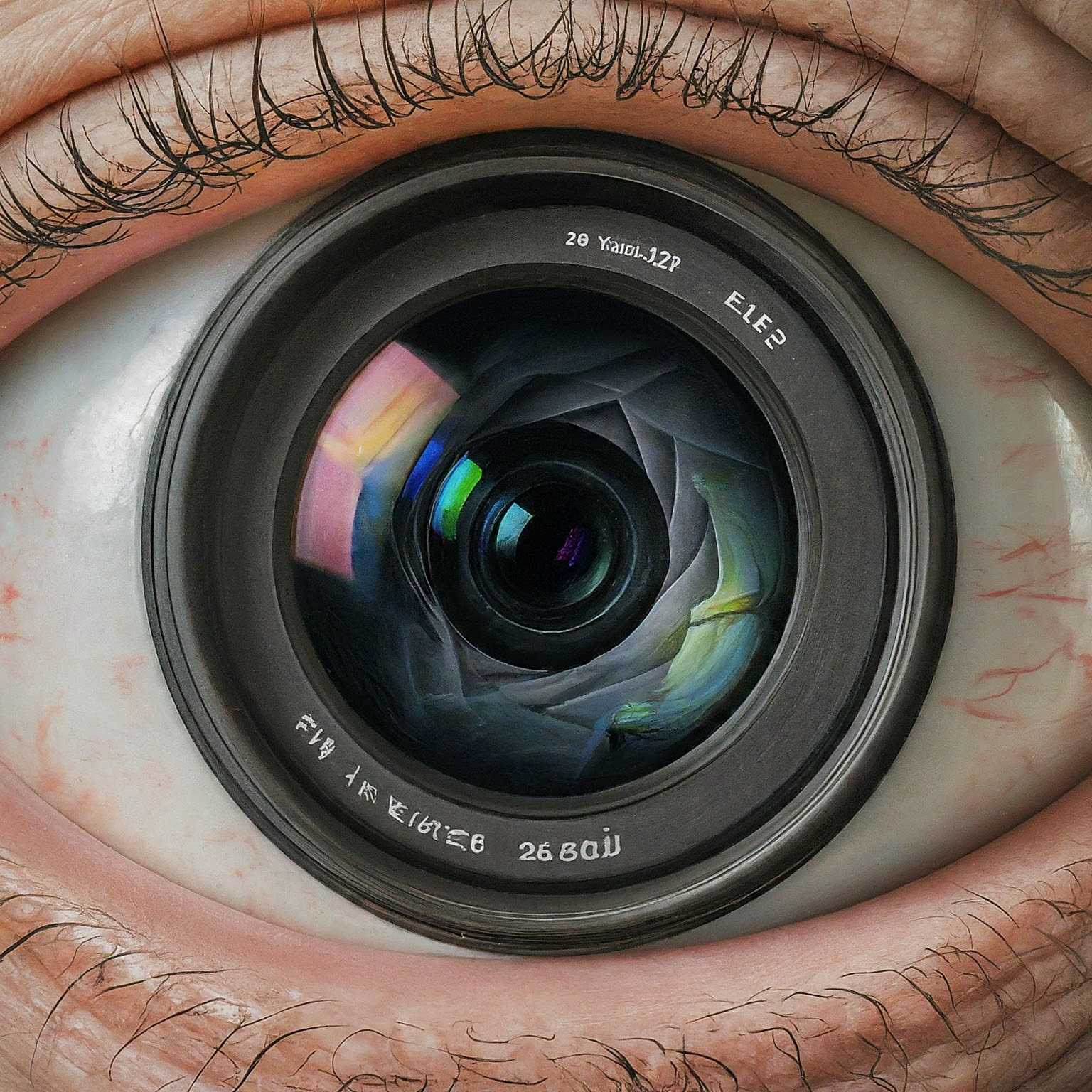
Computer vision (CV) is a rapidly growing field of Artificial Intelligence (AI) concerned with extracting meaningful information from digital images and videos. This capability allows machines to analyze and understand visual data, mimicking some aspects of human visual perception. Computer vision applications are having a significant impact on various industries, with a variety of functionalities.
Object Recognition and Detection
Object recognition and detection are fundamental functionalities in computer vision that allow machines to identify and localize specific objects within an image or video frame. This capability is achieved through machine learning algorithms, most commonly Convolutional Neural Networks (CNNs), trained on massive datasets of labeled images.
These algorithms learn to extract features (e.g., edges, shapes, colors) from images and associate them with specific object categories. During detection, the trained model scans an image, identifies these features, and predicts the presence and location (bounding box) of target objects.
Object recognition and detection play a crucial role in various computer vision applications, including:
- Self-driving cars: Detecting pedestrians, traffic lights, and other vehicles for safe navigation.
- Security systems: Identifying suspicious activities or unauthorized personnel.
- Image retrieval: Searching for images containing specific objects.
- Robotics: Enabling robots to interact with their environment by recognizing objects.
By leveraging powerful machine learning techniques, object recognition and detection have become a cornerstone of computer vision, enabling machines to perceive and understand the visual world. Unlock the potential of data with a trusted machine learning development partner.
Image Classification
Image classification is a core computer vision task that involves categorizing an entire image into a predefined class based on its visual content. Unlike object recognition which focuses on individual objects, image classification considers the global features of an image.
Algorithms employed for image classification typically involve feature extraction techniques like:
- Color histograms: Capture the distribution of colors within an image.
- Texture analysis: Analyze the spatial patterns of image intensity variations.
- Gabor filters: Extract localized features that correspond to specific orientations and frequencies.
These extracted features are then fed into machine learning models, often deep learning models like CNNs, which are trained on labeled datasets. The trained model learns to associate specific feature combinations with image classes (e.g., “beach,” “forest,” “cityscape”). During image classification, the model analyzes the features of a new image and predicts the class with the highest probability.
Image classification has numerous applications, including:
- Social media: Automatic photo categorization for content organization and search.
- E-commerce: Product recommendation based on user browsing history.
- Remote sensing: Land cover classification from satellite or aerial imagery.
- Medical image analysis: Classifying medical images like X-rays or mammograms.
By leveraging feature extraction and machine learning techniques, image classification enables machines to automatically understand the broader context of an image and categorize it accordingly.
Facial Recognition
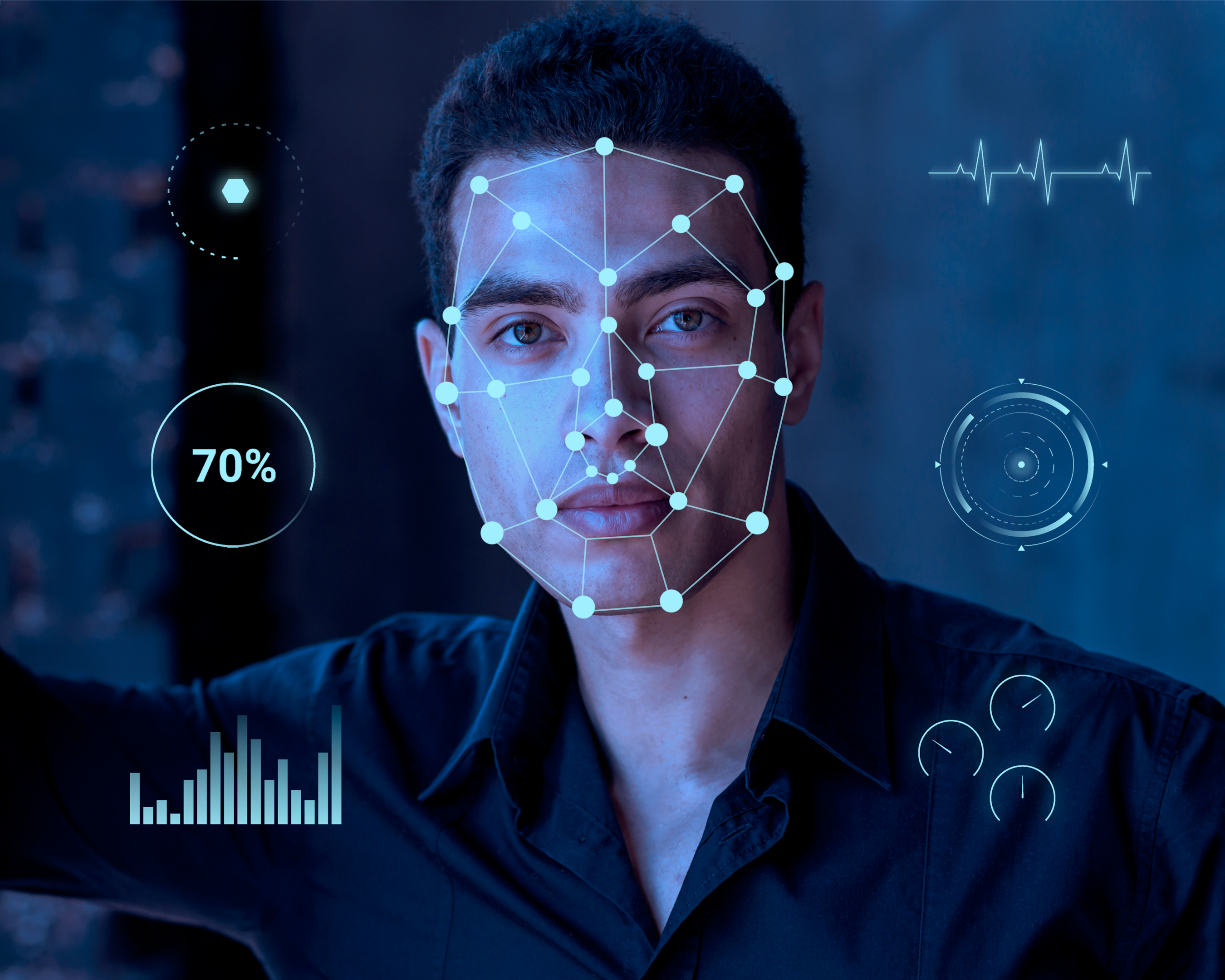
Source: Freepik
Facial recognition is a sophisticated computer vision system that allows for the identification of individuals from images or videos. This technology relies on the extraction and analysis of distinctive facial features, such as the interpupillary distance, nose shape, and jawline configuration. These features are used to create a mathematical representation, often called a “facial signature,” that uniquely identifies an individual.
Facial recognition systems typically leverage deep learning algorithms, particularly Convolutional Neural Networks (CNNs), trained on massive datasets of labeled facial images. These CNNs learn to automatically extract and encode facial features, enabling them to perform tasks like:
- Verification: Confirming whether a captured face matches a claimed identity against a reference database.
- Identification: Identifying an unknown individual from a database of known faces.
Facial recognition offers a wide range of applications, including:
- Security Systems: Access control, user verification, and suspect identification.
- Law Enforcement: Criminal identification and investigation assistance.
- Social Media: Photo tagging and personalized recommendations.
- Border Security: Identity verification at airports and border crossings.
However, facial recognition also presents privacy concerns related to data collection, storage, and potential misuse. It’s crucial to ensure responsible development and deployment of this technology with proper safeguards in place.
Scene Understanding
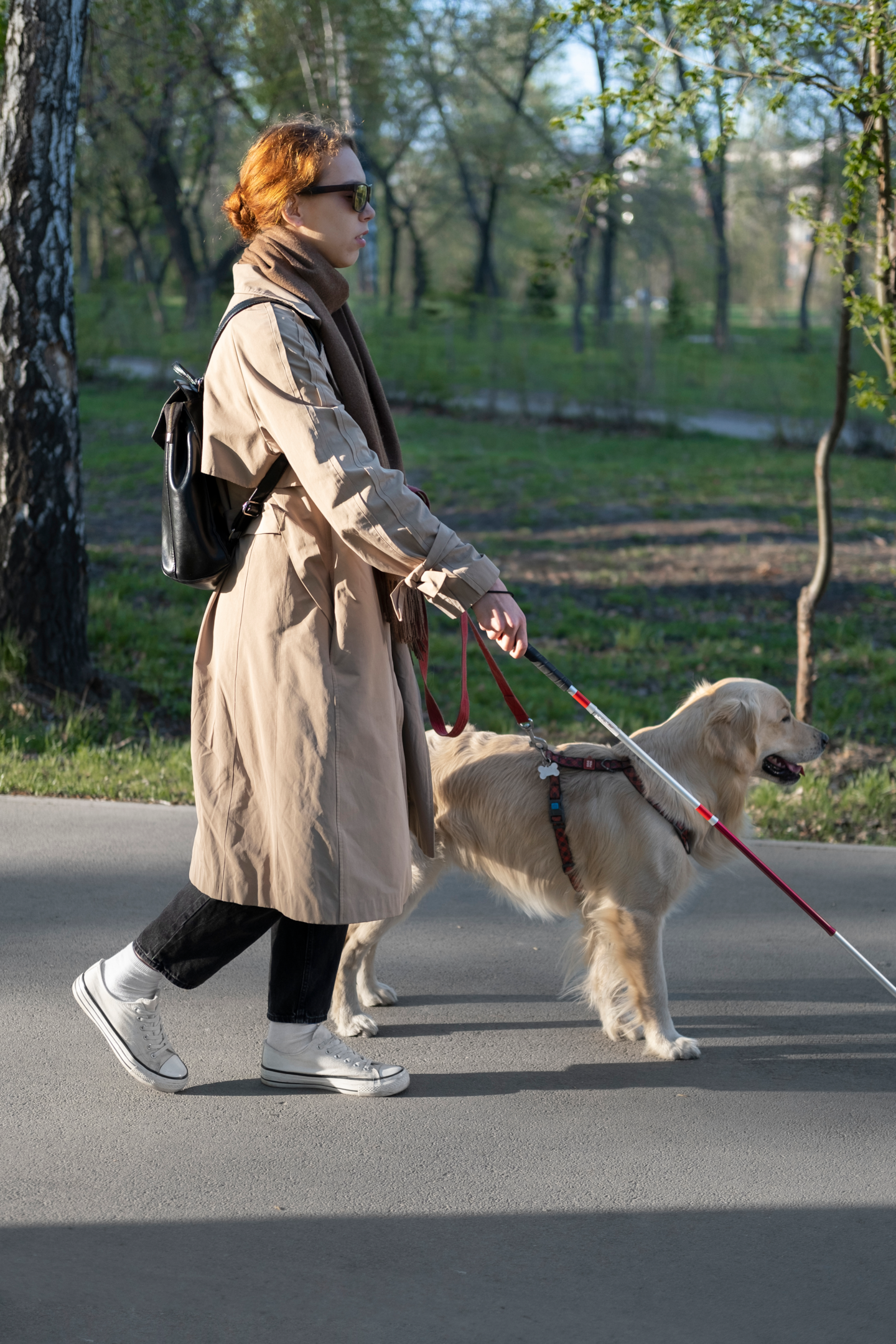
Source: Freepik
Scene understanding is a high-level computer vision capability that delves beyond individual object recognition or image classification. It aims to extract a comprehensive understanding of the visual scene, encompassing the spatial relationships between objects, their interactions, and the overall context.
This capability requires machines to not only identify objects but also reason about their relative positions, orientations, and potential functionalities within the scene. Techniques employed in scene understanding often involve:
- Spatial relationship analysis: Analyzing geometric relationships between objects, like distance, relative size, and orientation.
- Activity recognition: Identifying actions or interactions occurring within the scene (e.g., people walking, objects being manipulated).
- Reasoning and inference: Leveraging knowledge about the physical world and scene context to draw conclusions about the scene (e.g., inferring functionality of objects based on their placement).
Scene understanding is crucial for various computer vision applications, including:
- Autonomous robots: Enabling robots to navigate complex environments, manipulate objects, and interact with the surrounding world.
- Medical imaging analysis: Understanding the spatial relationships between anatomical structures in X-rays or MRIs can aid in medical diagnosis.
- Video surveillance: Analyzing activities and interactions within a scene for security purposes or traffic monitoring.
As computer vision research progresses, scene understanding continues to evolve, allowing machines to grasp the intricacies of visual scenes with increasing accuracy and sophistication.
Image Segmentation: Pixel-Level Understanding
Image segmentation is a computer vision technique that aims to partition an image into distinct regions, each corresponding to a specific object or image element. Unlike object recognition which focuses on identifying objects, segmentation delves deeper to isolate individual objects and their boundaries at the pixel level.
There are various image segmentation approaches, including:
- Thresholding: Classifies pixels based on their intensity values, effective for images with clear contrast between foreground and background.
- Edge detection: Identifies pixels with significant intensity variations, often marking object boundaries.
- Region-based segmentation: Groups pixels with similar features (color, texture) into coherent regions corresponding to objects.
- Deep learning-based segmentation: Leverages deep neural networks trained on labeled datasets to perform semantic segmentation, assigning each pixel a class label corresponding to the object it belongs to.
Image segmentation plays a vital role in numerous applications, including:
- Self-driving cars: Segmenting lanes, pedestrians, and other objects for autonomous navigation.
- Medical image analysis: Isolating tumors, organs, or other regions of interest for diagnostics.
- Object recognition and tracking: Segmenting objects of interest for improved recognition and tracking performance.
- Visual object tracking: Isolating and tracking specific objects in video sequences.
By enabling pixel-level understanding of image content, image segmentation empowers various computer vision tasks with greater accuracy and detail.
Seeing the World Through Different Lenses: Human Vision vs. Computer Vision Algorithms
Human Vision: A Biological Marvel
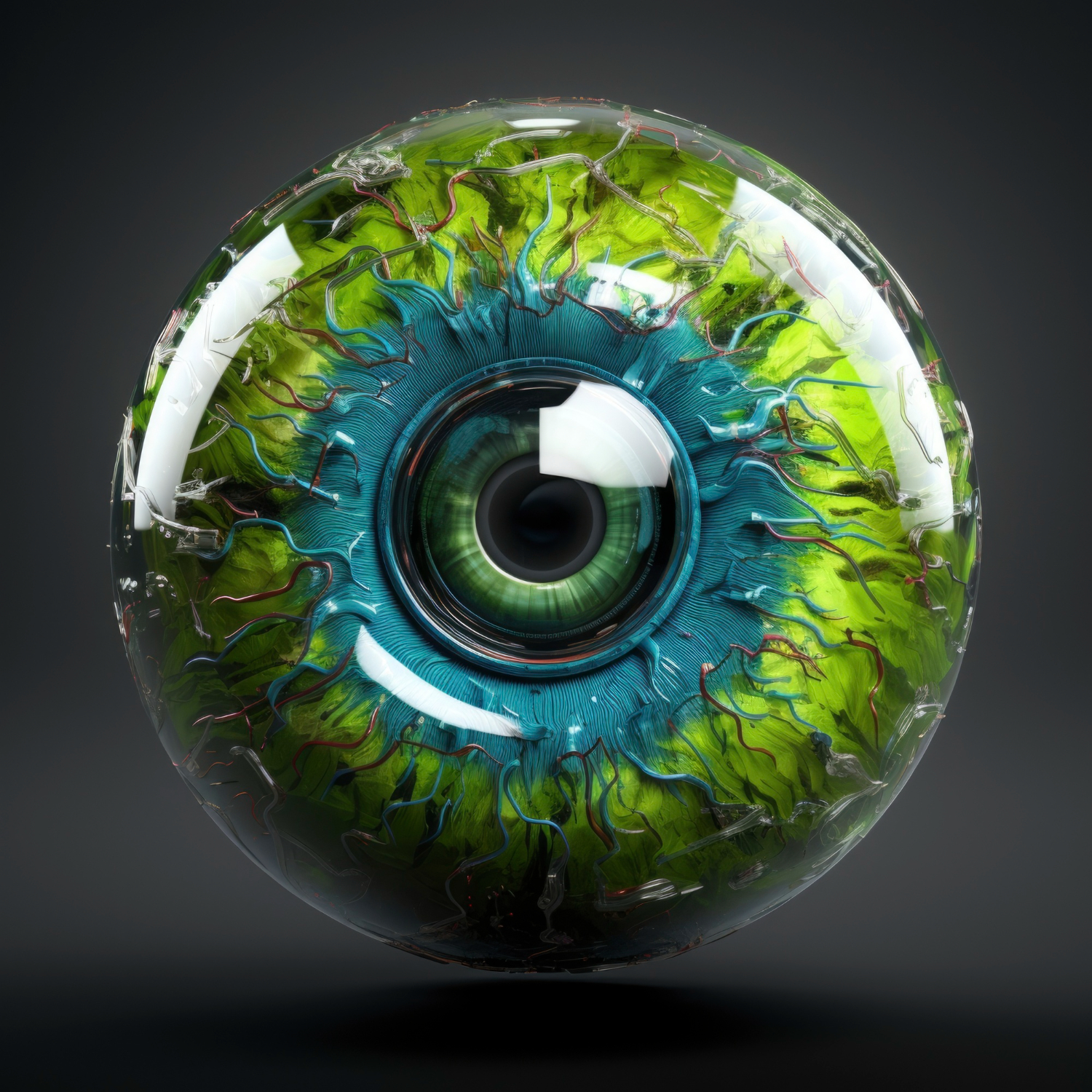
Source: Freepik
Human vision is a marvel of biological engineering, enabling us to perceive and interact with the surrounding world. The process can be summarized as follows:
- Light Capture and Focusing: Light rays enter the eye through the cornea, which initiates refraction. The crystalline lens, modulated by ciliary muscles, further focuses light onto the retina.
- Photoreceptor Transduction: The retina houses millions of photoreceptor cells: rods for low-light vision (scotopic vision) and cones for color vision (photopic vision). These photoreceptors convert light energy into electrical signals.
- Neural Processing and Perception: Electrical signals travel along the optic nerve to the visual cortex in the brain. Here, various visual areas handle tasks like basic feature extraction (primary visual cortex) and higher-order functions like object recognition, motion perception, and depth perception. The brain integrates these signals with past experiences to construct a meaningful visual world.
Human vision boasts several strengths:
- Adaptability: Can function in a wide range of lighting conditions.
- Depth Perception: Utilizes binocular vision (two eyes) for accurate depth and distance judgment.
- Pattern Recognition: Enables rapid recognition of familiar objects and faces.
However, limitations exist:
- Susceptibility to Illusions: The brain can be deceived by optical illusions due to processing quirks.
- Finite Resolution: Visual acuity has a limit on the level of detail perceived.
- Fatigue and Biases: Vision can fatigue over time, and perception can be influenced by biases.
Computer Vision Algorithms: Unveiling the Computational Approach
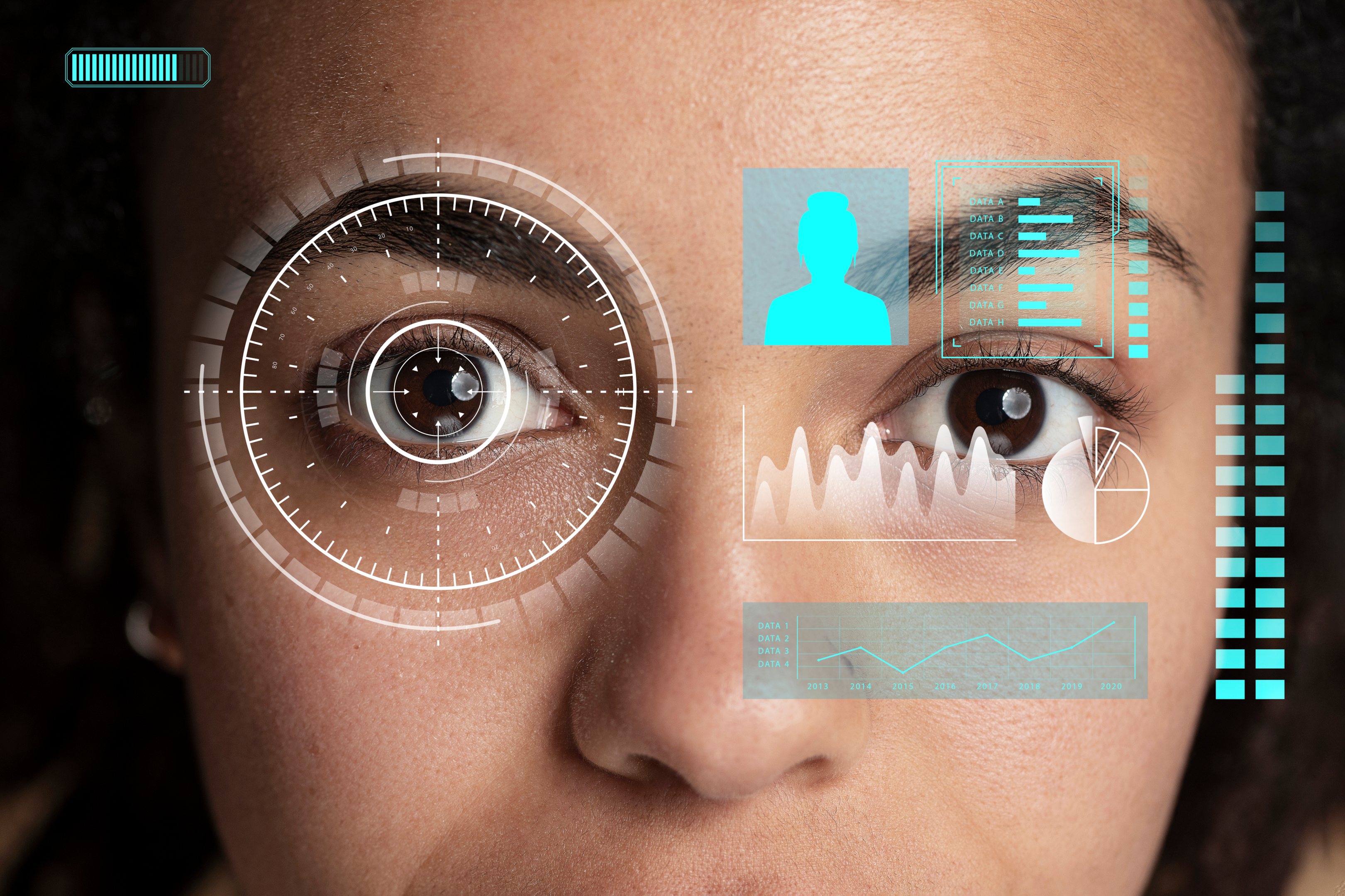
Source: Freepik
Computer vision algorithms offer a distinct approach to visual understanding:
- Digital Input: Unlike human eyes, computers receive digital images or video frames as input, often in formats like JPEG or PNG.
- Feature Extraction: Algorithms analyze the image to identify fundamental features like edges, shapes (lines, circles), and colors. Techniques like SIFT or SURF are commonly used for feature detection.
- Data-Driven Learning: Deep learning models are a mainstay in computer vision. These models are trained on massive datasets of labeled images, where each image has corresponding information about its content. A loss function is employed during training to minimize the difference between the model’s predictions and the actual labels.
- Pattern Recognition and Classification: Through training, the algorithm learns to associate extracted features with specific objects or concepts. This enables tasks like object detection and classification in new, unseen images.
Computer vision algorithms excel in several areas:
- Large-Scale Data Processing: They can efficiently analyze vast amounts of visual data.
- Task Automation: Repetitive tasks like object detection can be performed with high accuracy.
- Continuous Improvement: As more data is processed, the algorithms can continually enhance their performance.
However, limitations are present:
- Training Data Dependence: Performance heavily relies on the quality and quantity of data used for training.
- Challenges with Complexities: Scenes with variations in lighting, perspective, or occlusions can pose difficulties for the algorithms.
- Limited Common Sense Reasoning: Unlike humans, computer vision systems lack the ability to understand context and apply common-sense reasoning.
Human vision and computer vision algorithms offer complementary strengths and weaknesses. As these technologies progress, we can expect even more powerful and nuanced ways to “see” the world, blurring the lines between human and machine perception.
How Do Computer Vision Models Work?
Computer vision models are the engines that power intelligent visual perception in machines. These models take in visual data and learn to extract meaningful information, enabling tasks like object recognition, image classification, and scene understanding. Here’s a breakdown of the key steps involved in their operation:
1. Data Acquisition: The Foundation of Learning
The cornerstone of any powerful computer vision model is a high-quality, well-labeled dataset. This data serves as the training ground, allowing the model to learn and refine its ability to interpret visual information. The data acquisition process involves several crucial steps:
- Data Collection: Gathering a substantial amount of images and videos from diverse sources is essential. Public datasets (e.g., ImageNet, COCO), web scraping techniques, and task-specific proprietary data sources are commonly utilized.
- Data Labeling: This meticulous step involves assigning meaningful labels to each image or video frame. Labels can identify objects present (e.g., “car,” “person”), scene categories (e.g., “street,” “beach”), or even specific attributes (e.g., “red car,” “smiling person”). Crowdsourcing platforms like Amazon Mechanical Turk can be leveraged for large-scale image labeling.
- Data Cleaning and Preprocessing: Real-world data often exhibits inconsistencies and noise. Techniques like removing duplicates, correcting labeling errors, and adjusting for variations in lighting or camera angles (e.g., normalization) ensure data quality and consistency. Preprocessing steps like image resizing or format conversion might also be applied to prepare the data for the model.
The quality and quantity of data significantly impact a model’s performance. A well-curated dataset with diverse and accurately labeled examples empowers the model to generalize effectively and perform tasks accurately on unseen data.
2. Feature Extraction: Unveiling the Building Blocks

Once the data is prepared, the model embarks on analyzing the images and videos. The initial step in this process is feature extraction. Here, the model dissects the visual data to identify fundamental characteristics that will aid in distinguishing between objects. Common features extracted include:
- Edges: Boundaries between objects and their surroundings. Detecting edges helps the model delineate the shapes and outlines of objects within an image.
- Colors: Colors play a vital role in object recognition. The model can learn to differentiate between various colors to classify objects.
- Shapes: Basic geometric shapes (squares, circles, lines) form the building blocks of complex objects. Extracting shapes allows the model to recognize patterns and understand the overall image structure.
- Textures: Surface texture of objects can be informative. The model can learn to distinguish between smooth textures (glass) and rough textures (brick walls) by analyzing textural patterns.
By extracting these features, the model essentially decomposes complex images into a set of fundamental building blocks that it can understand and process for further analysis. Techniques like Gabor filters can also be employed to detect specific orientations and frequency patterns within an image, enriching the feature set.
3. Learning and Classification: Building Knowledge from Visual Data
Feature extraction equips the model with the raw materials, but the learning and classification stage is where the true power lies. Here, the model leverages powerful algorithms, often inspired by the human brain (deep learning!), to transform the extracted features into meaningful knowledge:
Deep Learning Techniques:
Convolutional Neural Networks (CNNs) are a dominant force in computer vision. These multi-layered artificial neural networks are specifically designed to process visual data. Each layer in the CNN performs specific operations on the features, progressively extracting higher-level information. A core operation within CNNs is the convolution, which helps extract spatial features from images by considering the relationships between neighboring pixels.
Association and Pattern Recognition:
Through the learning process, the model establishes associations between specific combinations of features and particular objects or concepts. For instance, the model might learn that a combination of curved edges, specific colors, and facial features represents a human face.
Classification:
Once these associations are established, the model transitions from feature extraction to classification. Given a new, unseen image, the model can analyze the extracted features and classify the image content based on its learned knowledge. This could involve identifying objects present (e.g., cat, car), classifying the scene (e.g., beach, street intersection), or even understanding the activity taking place (e.g., people walking, cars driving).
4. Putting Knowledge into Action: Making Predictions
Following the training phase, the computer vision model is ready to showcase its capabilities. Presented with a new, unseen image or video, the model can leverage its acquired knowledge to make predictions:
Feature Analysis:
Similar to the training stage, the model extracts features from the new data. This involves identifying edges, colors, shapes, and textures within the image or video frame.
Prediction Based on Learned Knowledge:
The extracted features are then compared against the model’s internal database of learned associations. This database is a product of the training phase, where the model established connections between specific feature combinations and corresponding objects, concepts, or scene attributes.
Generating Predictions:
Based on the comparison, the model generates a prediction about the content of the new image or video. This prediction could take various forms depending on the specific task:
- Object Detection: The model identifies and localizes objects present in the image or video frame. It can output bounding boxes around the detected objects and potentially classify them (e.g., “car detected at (x, y) coordinates”).
- Image Classification: The model classifies the entire image into a predefined category. The output might be a single class label with an associated confidence score (e.g., “beach scene” with 90% confidence).
- Scene Understanding: The model goes beyond basic object detection to understand the relationships between objects and the overall context of the scene. It might predict activities occurring (e.g., “people walking in a park”) or identify scene attributes (e.g., “outdoor scene with daytime lighting”).
The Accuracy of Predictions:
The accuracy of these predictions hinges on several factors:
- Quality of Training Data: A well-curated dataset with sufficient diversity and accurate labels is essential for robust model performance.
- Effectiveness of Learning Algorithms: The choice of algorithms and their hyperparameter tuning significantly influence the model’s ability to learn meaningful relationships from the data.
- Complexity of the Task: Simpler tasks like object detection with well-defined categories might achieve higher accuracy compared to complex tasks like scene understanding with intricate relationships and contextual nuances.
Computer vision models offer a powerful approach to unlocking visual intelligence in machines. By leveraging data, feature extraction, learning algorithms, and prediction capabilities, these models are transforming various industries and applications. As research in computer vision continues to evolve, we can expect even more sophisticated models capable of understanding the visual world with remarkable accuracy and depth.
The Algorithmic Underpinnings of Computer Vision
Sophisticated algorithms act as the analytical engines of computer vision models, dissecting visual data and enabling machines to interpret the visual world. Here’s a closer look at some of the key algorithms driving the capabilities of computer vision systems.
Convolutional Neural Networks (CNNs)
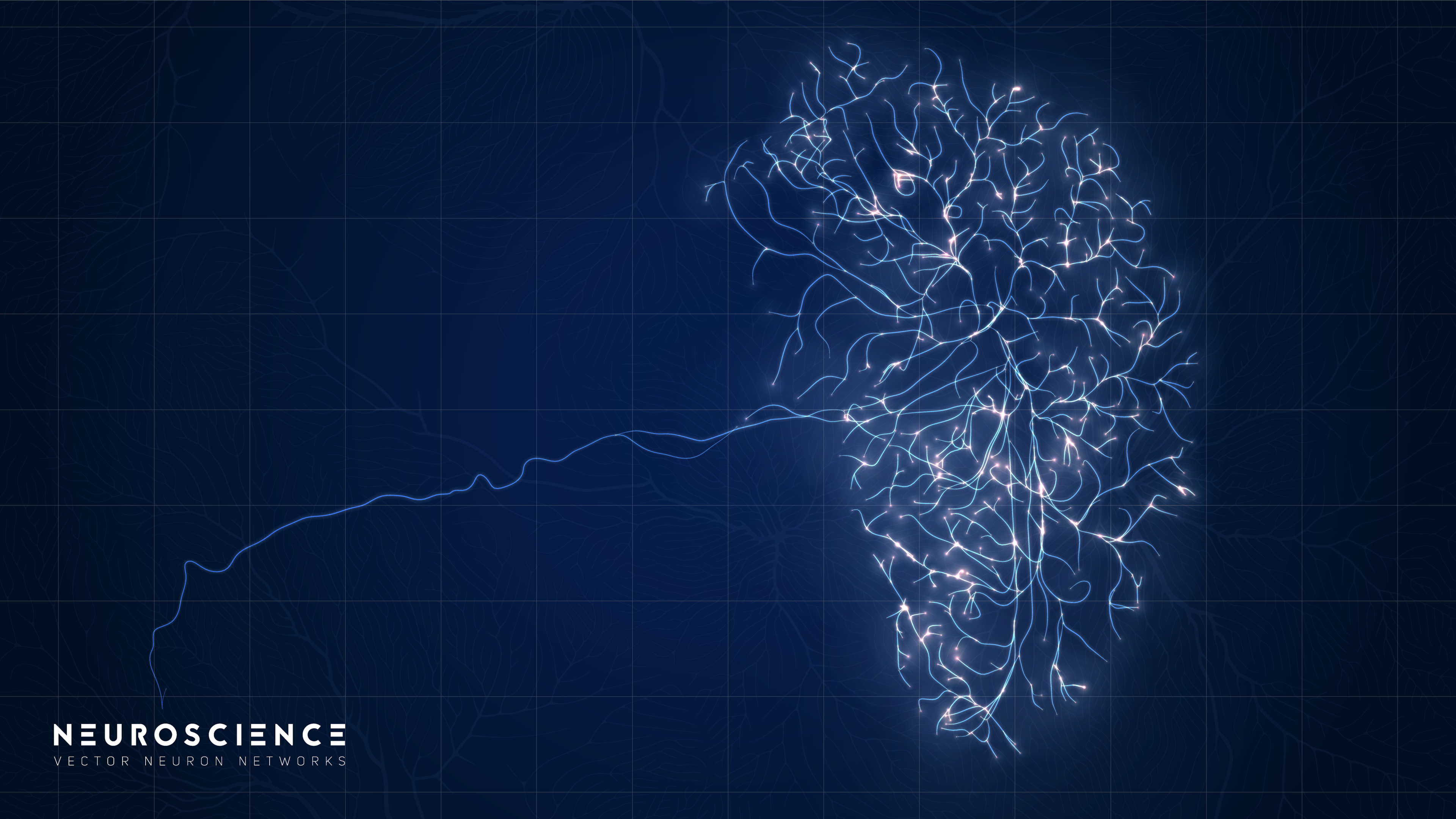
Source: Freepik
Inspired by the human visual cortex, CNNs have become the dominant force in computer vision. These deep learning architectures excel at pattern recognition and feature extraction within images. Their convolutional layers perform operations that analyze the relationships between neighboring pixels, enabling them to capture spatial features crucial for visual understanding. CNNs reign supreme in various tasks:
- Image Classification: Classifying entire images into predefined categories (e.g., classifying an image as a “cat” or a “beach”).
- Object Detection: Localizing and recognizing specific objects within an image, often accompanied by bounding boxes (e.g., detecting a “car” at specific coordinates).
- Image Segmentation: Isolating specific objects or regions within an image for further analysis (e.g., segmenting a person in an image).
- Facial Recognition: Identifying individuals from images or videos by analyzing facial features.
Support Vector Machines (SVMs)
Another powerful tool, SVMs excel at classification tasks. They function by finding an optimal hyperplane in high-dimensional space that best separates different classes of data points. This separation is achieved through the use of kernel functions, which can map the data into higher dimensions where classes are more distinct. SVMs are well-suited for tasks like:
- Image Categorization: Sorting images into categories based on their content (e.g., sorting images into “sports,” “nature,” or “portraits”).
- Content Moderation: Automatically identifying and flagging inappropriate content within images or videos.
Beyond CNNs and SVMs
he ever-evolving landscape of computer vision algorithms extends beyond these two powerhouses. Deep learning techniques like recurrent neural networks (RNNs) are finding applications in video analysis and captioning tasks, where the sequential nature of video data can be effectively exploited. Traditional computer vision algorithms like Scale-Invariant Feature Transform (SIFT) and Speeded Up Robust Features (SURF) are still relevant in specific applications, particularly for feature extraction and image matching tasks.
As research progresses and computational power grows, we can expect the emergence of even more sophisticated algorithms. These advancements will continue to push the boundaries of machine vision, enabling machines to perceive and understand the visual world with ever-increasing accuracy and nuance.
Artificial Intelligence Leveraging Computer Vision: Powering Intelligent Applications
Intelligent Tasks Powered by Sight: AI and the Applications of Computer Vision

Computer vision has become a cornerstone of artificial intelligence, empowering machines with the ability to “see” and understand the visual world. This remarkable capability, fueled by sophisticated algorithms and machine learning, is transforming numerous industries. Artificial intelligence algorithms leverage the insights gleaned from computer vision to perform a vast array of intelligent tasks:
- Self-Driving Cars: Real-time computer vision enables autonomous vehicles to navigate safely by “seeing” the road, identifying obstacles (pedestrians, vehicles, etc.), and interpreting traffic signals.
- Security and Surveillance: Computer vision systems can analyze live video feeds, detecting suspicious activity in real-time. This enhances security measures, allowing for quicker intervention when necessary.
- Medical Diagnosis: Computer vision algorithms can analyze medical images like X-rays and MRIs, aiding medical professionals in diagnosis and treatment planning. For instance, AI-powered systems can detect abnormalities in scans with high accuracy, assisting doctors in early detection of diseases.
- Manufacturing and Quality Control: Computer vision systems can inspect products on production lines, identifying defects with exceptional precision. This ensures consistent quality and reduces the risk of faulty products reaching consumers.
- Retail and Marketing: Computer vision personalizes the shopping experience by analyzing customer behavior in stores. It can also optimize product placement based on what customers tend to look at, leading to increased sales and improved customer satisfaction. Additionally, a computer vision system can analyze customer demographics from images to tailor marketing campaigns for targeted audiences.
Real-Time Processing: Taking CV to the Next Level
Real-time computer vision technology takes these applications a step further. It allows for immediate analysis of visual data and real-time responses, creating dynamic interactions with the physical world. This is achieved through a combination of advanced algorithms and powerful hardware:
- Prioritization and Speed: Unlike traditional applications of computer vision that is capable of image processing, real-time systems focus on specific regions of interest (ROIs). This prioritization, along with the use of simpler, pre-trained models and hardware acceleration techniques (like GPUs), ensures faster processing times.
- Balancing Accuracy and Speed: Real-time CV algorithms are designed to strike a balance between accuracy and speed. Lightweight models with fewer layers require less processing power, enabling faster analysis. Additionally, some systems incorporate real-time learning capabilities, allowing the model to continuously improve its accuracy based on new data encounters.
Real-World Applications of Real-Time CV:
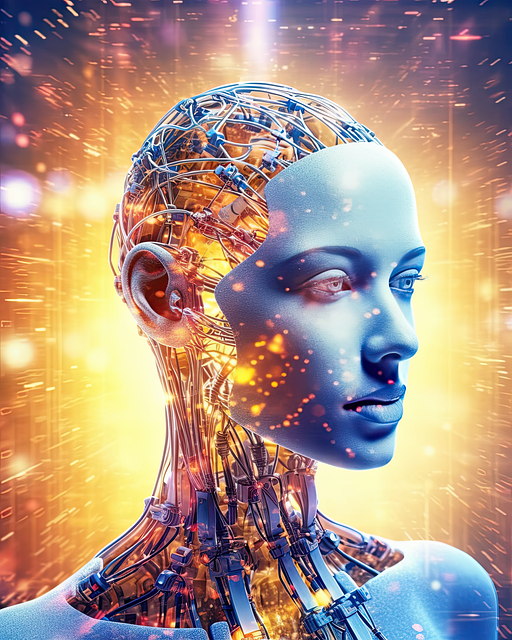
- Advanced Driver-Assistance Systems (ADAS): Real-time computer vision is crucial for ADAS features like automatic emergency braking and lane departure warning. By analyzing the road scene in real-time, the system can detect obstacles and take corrective actions immediately.
- Augmented Reality (AR): Real-time insights allows AR applications to seamlessly overlay digital information onto the real world. Imagine AR navigation systems displaying turn-by-turn directions directly on your windshield!
- Virtual Assistants with Real-time Interaction: Real-time CV enables virtual assistants to respond to gestures and facial expressions, creating a more natural and interactive user experience.
- Smart Retail and Security Systems: Real-time CV can analyze customer behavior in stores to optimize product placement and personalize shopping experiences. In security systems, it can identify suspicious activity in real-time footage, allowing for immediate intervention.
As processing power increases and algorithms become more efficient, the possibilities for real-time CV are truly endless. We can expect even more innovative applications to emerge, further revolutionizing various sectors and shaping our future.
Conclusion: A Glimpse into the Future of Computer Vision
This blog post has provided a glimpse into the fascinating world of computer vision (CV). We’ve explored how CV empowers machines to “see” and understand the visual world, delving into its core functionalities and the inner workings of CV models. We’ve also seen how Microsoft Computer Vision simplifies CV integration for businesses through its pre-trained models and APIs.
As the fields of artificial intelligence and computer vision continue to evolve, we can expect a surge of groundbreaking applications that will reshape various industries. From self-driving cars and intelligent robots to personalized customer experiences and real-time security systems, the possibilities are truly limitless. Ready to harness the power of AI without breaking the bank? Dive into our article packed with strategies forcost-conscious businesses to leverage AI in 2024!
This is just the beginning of the CV revolution. Stay tuned for future posts where we’ll delve deeper into specific computer vision applications and explore how cutting-edge solutions can help you integrate this powerful technology into your business and unlock its potential to transform your operations.



